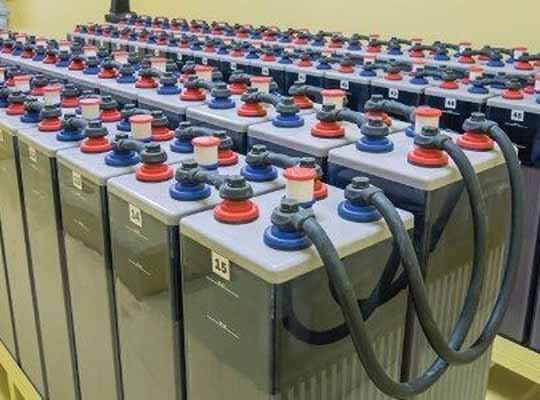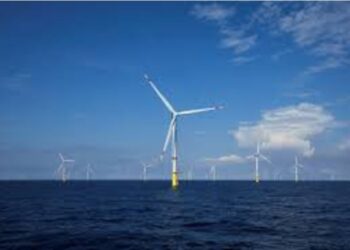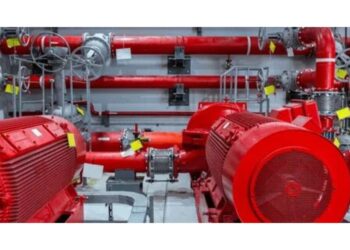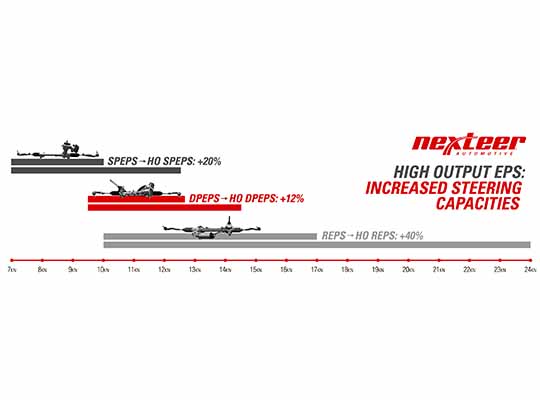SANTA CLARA, Calif. – Frost & Sullivan‘s recent analysis, Global Stationary Lead Acid Battery Growth Opportunities, finds that stationary lead acid battery features such as low price, ease of recyclability, and user-friendliness are expediting their adoption across industries, including telecom and data centers, automobiles, oil and gas, and utilities. Organizations’ transition toward being carbon-negative will boost the demand for renewable energy power—mainly solar and wind—increasing the adoption of stationary lead acid batteries for backup and storage systems. Globally, the stationary lead acid batteries market is estimated to reach $11.02 billion by 2030 from $7.38 billion in 2020, an uptick at a compound annual growth rate of 4.1%.
“Increased renewable energy penetration drives demand for energy storage, backup power, and prime power systems to store the excess energy generated and to cater to intermittencies in power generation,” said Manoj Shankar, Energy & Environment Research Analyst at Frost & Sullivan. “Additionally, the implementation of stringent norms by governments worldwide to lower their carbon footprint as part of their commitment toward climate change will further accelerate the uptake of backup and storage systems.”
Shankar added: “Several countries in Asia and Africa still lack access to the grid. Power demand exceeds supply, leading to power outages. This power deficit will trigger the demand for stationary lead acid batteries to power diesel gensets and UPS systems and store backup power. Further, from a regional perspective, Asia-Pacific will be the largest market for stationary lead acid batteries due to increased investments in power generation, industrial developments, and the growth of microgrid networks, followed by North America and Europe.”
Countries’ commitments toward climate change and the increase in renewable energy penetration worldwide present lucrative growth prospects for stationary lead acid batteries market participants, including:
- Consolidation and geographic expansion: Market participants should expand their manufacturing footprint in the developed world because establishing local bases is crucial to serving local customers.
- New product development: Companies must invest in developing battery monitoring platforms that can be integrated with UPS systems and diesel monitoring systems to achieve higher battery efficiency.
- Solar photovoltaic (PV) deployment: Manufacturers should shift to utility and grid storage deployment as power demand is expected to peak in these sectors by 2030.
Global Stationary Lead Acid Battery Growth Opportunities is the latest addition to Frost & Sullivan’s Energy & Environment research and analyses available through the Frost & Sullivan Leadership Council, which helps organizations identify a continuous flow of growth opportunities to succeed in an unpredictable future.













